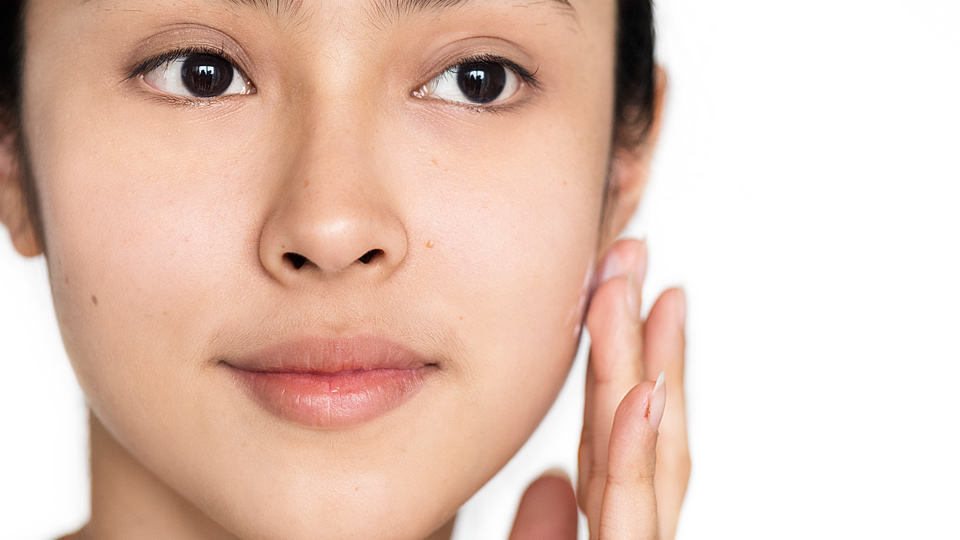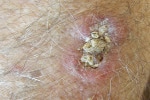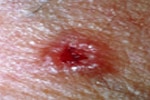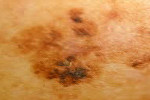Common skin cancers in Singapore

In Singapore, skin cancer is ranked sixth in males cancers and seventh in female cancers. Although this condition is still more prevalent in the elderly, there has been a steady increase in skin cancer among those under the age of 65 years old. The data published by the Singapore Cancer Registry shows that the number of non-melanoma skin cancers in the above 65 age group has more than doubled over the last 50 years.
Types of Skin Cancer
Squamous Cell Carcinoma (SCC)

Basal Cell Carcinoma (BCC)

Naevus (“mole”) and Malignant melanoma


A mole is usually an evenly colored brown or black spot on the skin. Some moles can be present at birth, while others develop during childhood or adulthood. New moles that appear later in life should be checked by a doctor. It is important to recognise changes in a mole – such as in its size, shape, color, or texture – that can suggest that a melanoma may be developing. The ABCDE rule is a good guide to assess if a mole requires early assessment by a doctor.
Images source: Dernetnz.org

The ABCDE Rule

Asymmetry – One half is unlike the other half
Border – Irregular, scalloped or poorly defined border.
Colour – Varied from one area to another; has shades of tan, brown or black; sometimes white, red or blue.
Diameter – While melanomas are typcially greater than 6mm (the size of a pencil erase) when diagnosed, they can be smaller.
Evolving – A mole of skin lesion that looks different from the rest or is changing in size, shape or color.
Although skin cancer is potentially fatal, the two most common forms of skin cancer here, basal cell carcinoma and squamous cell carcinoma, are highly curable when detected early and treated properly. Melanoma, on the other hand, causes the greatest number of skin cancer-related deaths worldwide. As with all cancers, skin cancer is potentially fatal when the cancer cells spread from the primary site to other parts of the body via the bloodstream or lymphatics.
Skin Protection
The best way to reduce skin cancer risk is to reduce your exposure to harmful UltraViolet (UV) radiation.
Limit time in the midday sun. Avoid exposure to the sun between 10am and 4pm, when the sun’s UV rays are strongest.
Wear protective clothing and items to shade yourself. Cover up with broad-rimmed hats, sunglasses, visors, clothing and umbrellas when out in the sun. Opt for protective swimwear and umbrellas with Ultraviolet Protection Factor (UPF) 50, which is a rating system to measure how much of the sun’s ultraviolet rays are absorbed or blocked by the fabric.
Use ‘broad spectrum sunscreens’. Such sunscreens contain ingredients to absorb at least 85% of the UVA and UVB rays of the sun. Use at least Sun Protection Factor (SPF) 30 to exposed areas of the skin including the ears.
Ensure that you protect yourself while spending long hours in the sun. Use a water-resistant sunscreen when swimming or when doing intensive sports where you perspire a lot. Reapply every 2 hours, or after working, swimming, playing, or exercising outdoors.


